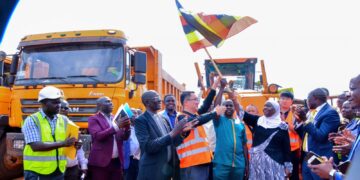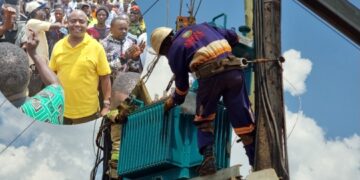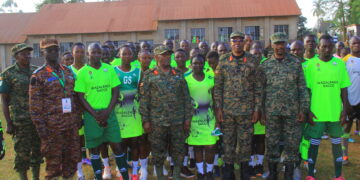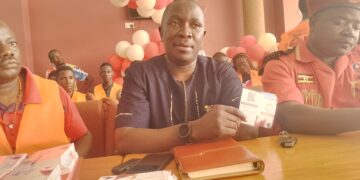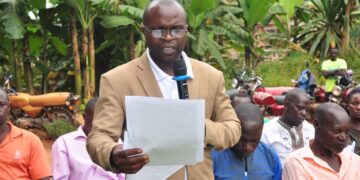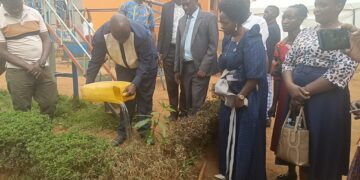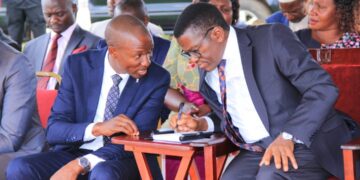President Yoweri Kaguta Museveni has directed local governments across Uganda to stop using annual road maintenance funds for bridge rehabilitation, signaling a major policy shift aimed at better infrastructure planning and accountability.
Speaking during a community engagement in Bunyangabu District, the President acknowledged growing concerns among local leaders over stalled bridge projects, and emphasized that the current allocation of 1.3 billion Shillings per district—earmarked for routine road maintenance—is insufficient to cover both roads and bridges.
“Maintain a road that is already done — open it, grade it — that is okay. But not so for bridges. We need new money, separate money,” Museveni said firmly, drawing a clear line between road upkeep and the construction of critical bridge infrastructure.
The remarks came in response to appeals by Bunyangabu LC5 Chairperson James Ategeka Mugarama, who lamented delays in bridge rehabilitation despite a presidential pledge of 4 billion Shillings.
He noted that ministry-level bureaucracy and lack of a formal directive had prevented the release of funds.
“It was a policy-level issue, but there was no written directive,” Mugarama explained.
Museveni acknowledged the oversight and underscored the need for written communication to differentiate personal promises from official government programs.
He also pointed to existing models where special regions like Northern Uganda, Karamoja, and Rwenzori receive additional funding due to their unique geographical and historical challenges.
“If there is a specific reason for the area, then we plan for it separately — in addition to the regular [funds], because the 1.3 billion is for routine [maintenance],” Museveni clarified.
The President’s directive is expected to pave the way for a new budgetary mechanism focused solely on bridge construction and rehabilitation, potentially resolving long-standing infrastructure gaps in rural and mountainous districts like Bunyangabu.
As local leaders await formal guidelines, Museveni’s pronouncement offers renewed hope that neglected bridge projects may finally receive the attention—and funding—they require.

